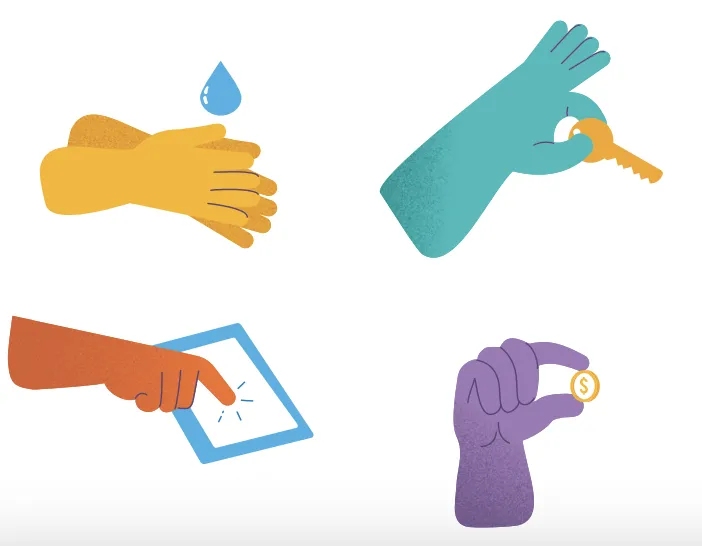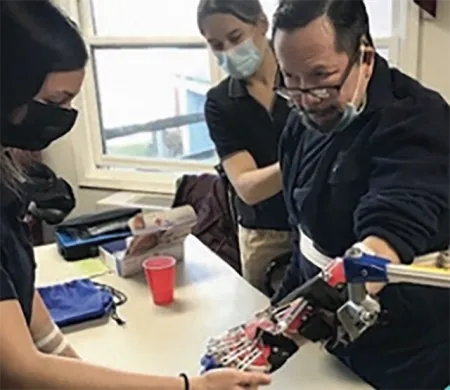Across Ithaca College’s School of Health Sciences and Human Performance (HSHP), students fill labs, classrooms, and clinics, all working to help communities live healthy lives. When students aren’t learning about cuttingedge treatments, they’re going one step further—conducting research and creating new knowledge to innovate treatment protocols and help provide patients with the best possible outcomes.
One area in which IC has gained prominence is in the field of stroke treatment and rehabilitation, most notably through the Center for Life Skills (CLS). Offered in collaboration with the Longview Senior Living Community, located just a mile up the road from IC’s campus, CLS is a community partnership working to enhance participants’ quality of life. Interdisciplinary teams of faculty and students provide customized treatment and rehabilitation for those who have experienced neurological impairments, such as strokes.
Since founding CLS in 2001, Melinda Cozzolino, associate professor and chair of occupational therapy, estimates that over 8,000 HSHP students have been involved with the program. “The first year, we ran it as an experimental program across the occupational therapy, physical therapy, speech-language pathology, and therapeutic recreation departments,” Cozzolino said. “It was really born out of HSHP faculty trying to find a way to get our students to work together. People who have neurological injuries like strokes need treatment across all fields, so we decided to create a program that treats people with neurological deficits, where all of our students could come and work with those patients.”


